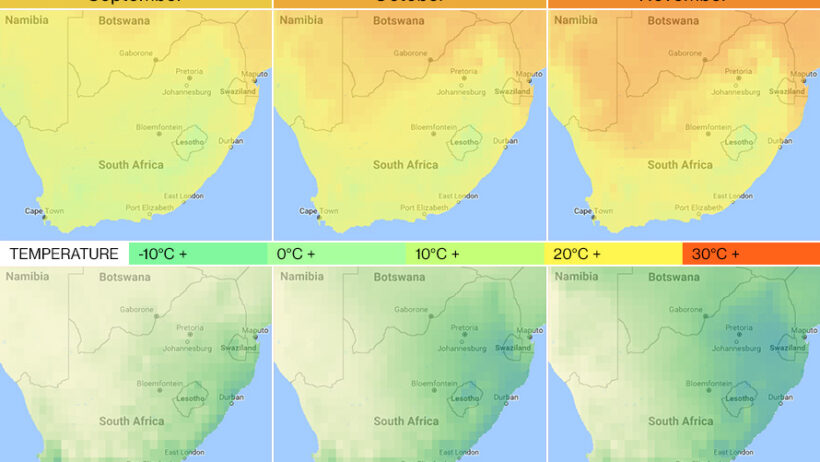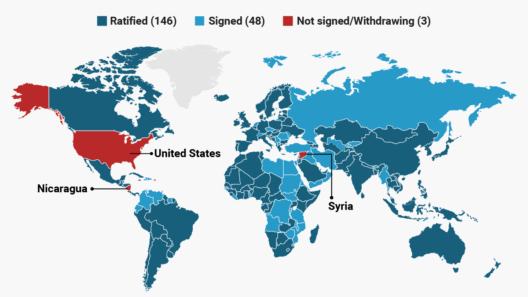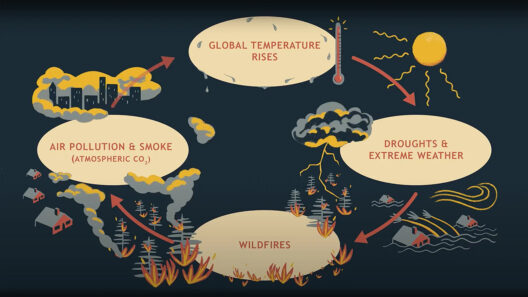What is the climate in South Africa? Rainbows of weather and wildlife encapsulate this vast and diverse nation, which boasts a myriad of microclimates that contribute to its rich ecological tapestries. From the arid deserts of the Karoo to the lush subtropical regions along the KwaZulu-Natal coast, understanding the climate is paramount for appreciating both the natural landscapes and the unique biodiversity they support.
South Africa is perched on the southern tip of the African continent, bordered by the Atlantic and Indian Oceans. This strategic geographical positioning, combined with its varied topography, creates an intricate interplay of climatic zones. It is essential to delve into the specifics of its climate to grasp the underlying dynamics that shape the flora and fauna.
One of the foremost features defining South Africa’s climate is its oscillation between temperate and extreme weather patterns. The interior regions, such as the Highveld, experience a more continental climate characterized by warm summers and cool winters, punctuated by thunderstorms. Conversely, the coastal areas are influenced by ocean currents— the warm Agulhas from the Indian Ocean and the cold Benguela from the Atlantic. This interaction gives rise to milder temperatures and higher humidity levels along the coast, where morning fogs are a common feature.
In general, South Africa has a predominantly semi-arid climate, with significant variations depending on the geographical region. The northern parts, including provinces like Limpopo and Mpumalanga, receive more rainfall and are classified as humid subtropical climates, boasting lush vegetation and a wealth of wildlife. However, the Western Cape, famed for its winelands, experiences a Mediterranean climate that showcases dry summers and wet winters, ideal for vineyards and other agriculture.
But how does one capture the essence of South Africa’s climate without succumbing to commonplace descriptors? The influence of altitude is a crucial aspect that cannot be overlooked. As one ascends the Drakensberg Mountains, the temperature plummets, leading to a vibrant ecosystem teeming with alpine flora and fauna. The elevation creates pockets of endemic species, making these highlands particularly significant for biodiversity conservation.
While South Africa exhibits a wide spectrum of weather patterns, it is paramount to address the stark contrasts that arise within these microclimates. The south-western region, specifically Cape Town, is often besieged by the fierce winds of the Cape Doctor, which serve a dual purpose: they provide a cleansing force, alleviating air pollution, but can also pose challenges for residents and wildlife alike during periods of extreme gale.
The flora and fauna of South Africa are intrinsically linked to its climate. The country is one of the few recognized megadiverse nations in the world, positioning it as a hotspot for conservation efforts. The Cape Floristic Region, a UNESCO World Heritage site, is famed for its fynbos biome, distinguished by an enthralling array of plant species that have adapted remarkably to the Mediterranean climate. This flourishing habitat is home to the iconic Protea, a flower which has become synonymous with South African identity.
Furthermore, wildlife is equally affected by climate variations. The Kruger National Park, renowned for its Big Five, epitomizes the milieu of dry and wet seasons, where rainfall patterns dictate animal movements and migratory behavior. The annual wildebeest migration, often seen in other African regions, plays out uniquely in South Africa as water availability influences the distribution of herbivores.
Of course, climatic vicissitudes are not without their challenges. Climate change poses an unequivocal risk to South Africa, with rising temperatures prompting prolonged droughts in areas already vulnerable to water scarcity. The Eastern Cape province has witnessed alarming shifts in climate that threaten both agriculture and natural ecosystems. How can communities adjust to ensure sustainability while respecting the intricate balance of nature? This question provokes a deeper examination of policy changes aimed at conservation and local engagement in managing these resources.
Moreover, the effects of climate variability extend beyond ecological implications; they permeate into social structures and economies. The agricultural sector, integral to South Africa’s economy, faces unpredictable yield outcomes due to climate fluctuations. Farmers are compelled to adapt their practices, utilizing innovative methods such as drought-resistant crops and rainwater harvesting systems. The exchange of knowledge and resources across communities is fundamental as they grapple with these climatic challenges, fostering resilience.
In conclusion, the climate in South Africa is a kaleidoscope of weather patterns that significantly influences both wildlife and human life. Entering this realm of rainbows and challenges, one can appreciate the complexity of ecosystems that rely on seasonal rhythms. Understanding the intricacies of the climate is not merely an academic endeavor; it is a call to action, demanding both awareness and responsibility. As South Africa navigates the trials of a changing climate, let us embrace the challenge, cherishing the beauty of its landscapes and the richness of its biodiversity while advocating for sustainable practices designed to protect this unique environment for future generations.







